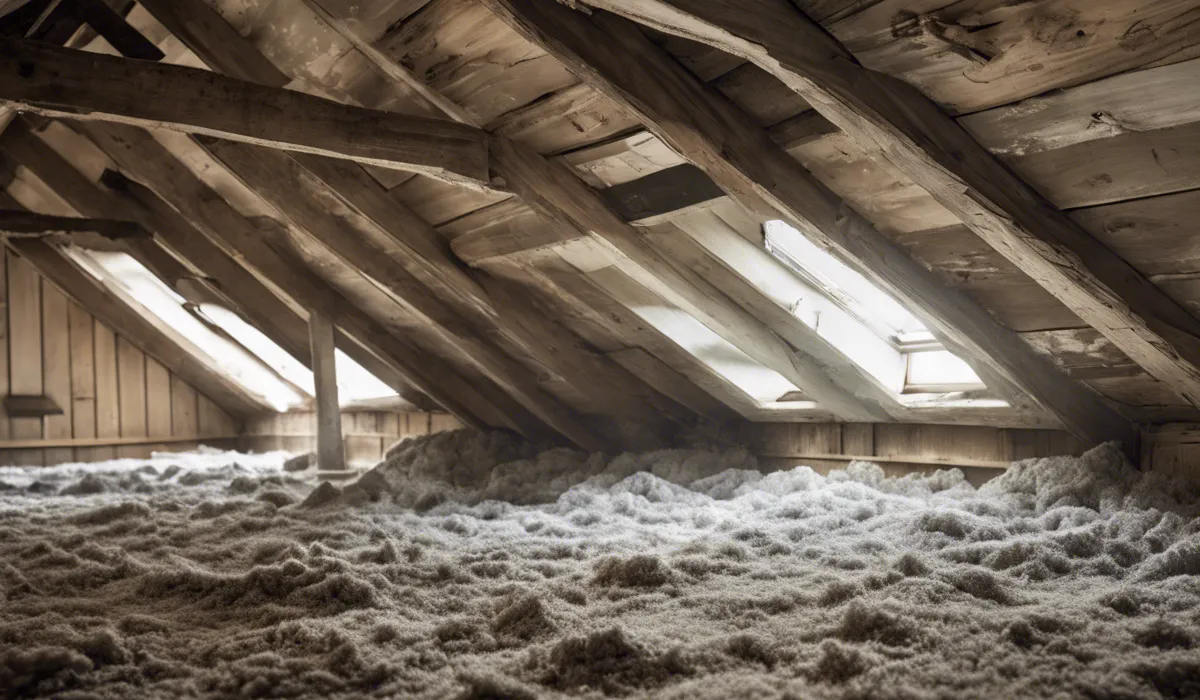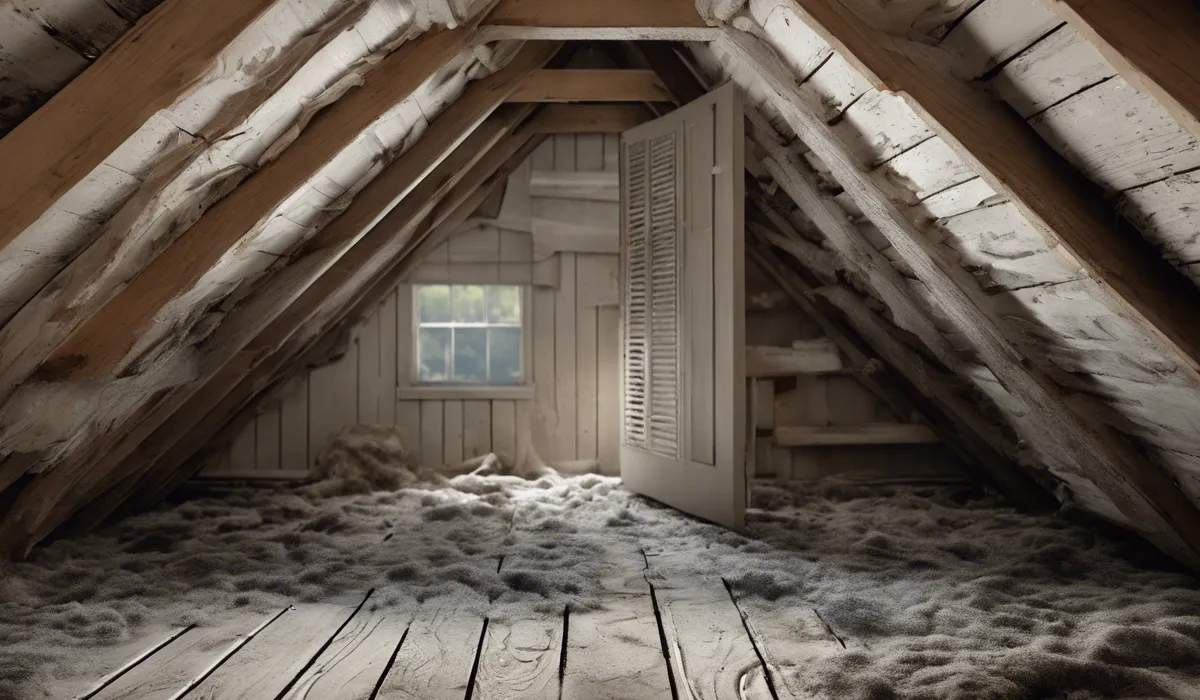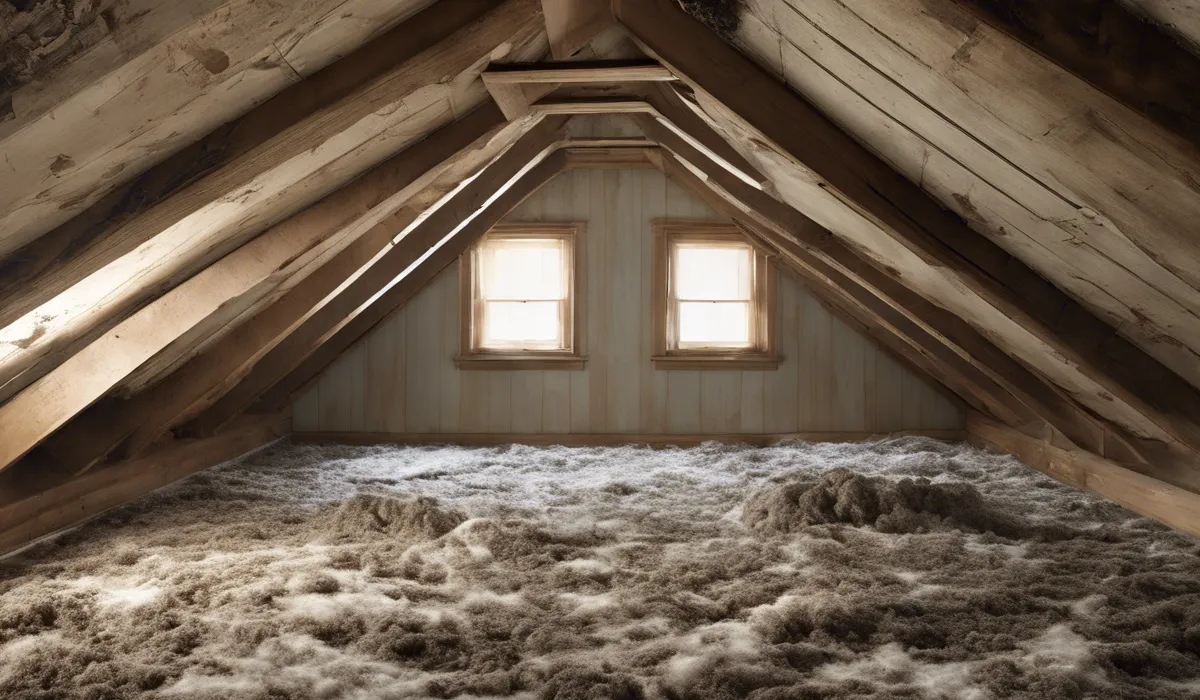Mold in attics is fairly common, often developing due to poor ventilation, leaks, or high humidity. Regular inspections can help identify mold early, as it thrives in dark, damp environments. Addressing any moisture issues promptly is crucial to prevent mold growth.
Understanding the Prevalence of Mold in Attics

Statistics and Studies on Mold Occurrence in Homes
Mold is a common issue in many homes, and attics are no exception. While specific statistics on attic mold can vary, studies indicate that a significant percentage of homes have some level of mold present.
The Environmental Protection Agency suggests that indoor mold is a widespread problem, with mold potentially affecting the air quality in nearly every home.
It’s crucial to understand that mold spores are naturally occurring in the environment, but problems arise when they find the right conditions to grow indoors.
Factors Contributing to Mold Growth in Attic Spaces
Several factors can contribute to mold growth in attics. Poor ventilation is a primary concern, as it allows moisture to accumulate.
Leaks from the roof can introduce water, and condensation from temperature differences between the attic and outside can also lead to dampness.
High humidity levels in a home can rise to the attic, providing mold with the moisture it needs to thrive.
Climate and Geographical Influences on Attic Mold
Climate plays a significant role in attic mold prevalence. Homes located in areas with high humidity or frequent rainfall are more susceptible to mold issues.
Different regions will have varying levels of risk, with coastal areas and regions with hot, humid summers often seeing more mold problems.
A toilet flange might be less of a concern in arid regions, but in humid climates, it’s crucial to ensure all home fixtures are properly sealed to prevent moisture ingress.
Role of Attic Ventilation and Insulation
Ventilation and insulation are key to preventing mold growth in attics.
Proper ventilation helps to reduce moisture levels by allowing air to flow freely, while insulation helps maintain a consistent temperature, reducing the likelihood of condensation.
When installing a ceiling box, it’s important to consider how it will affect airflow and insulation integrity in the attic space.
Identifying and Assessing Mold in Your Attic

Common Signs and Symptoms of Attic Mold
Identifying mold in your attic can be straightforward if you know what to look for.
Common signs include visible mold growth, which can appear as black, white, or greenish patches, a musty odor, or evidence of water damage.
Keep an eye out for discolored insulation or wood surfaces, which can indicate a mold problem.
Health Implications of Mold Exposure
Exposure to mold can have various health implications, especially for individuals with allergies or respiratory issues.
Symptoms can include nasal stuffiness, throat irritation, coughing, wheezing, and skin irritation.
In severe cases, mold exposure can exacerbate asthma or lead to more serious respiratory infections.
Therefore, addressing mold promptly is important for maintaining a healthy living environment.
Tools and Methods for Detecting Mold
To detect mold, homeowners can use tools like moisture meters to identify damp areas where mold is likely to grow.
Infrared cameras can also reveal temperature variations that could indicate moisture problems. Simple visual inspections and sniff tests for musty odors can be effective as well.
Professional Inspection vs. DIY Assessment
While homeowners can perform a basic assessment for mold, professional inspections are more thorough.
A professional can identify hidden mold, test for spore types, and advise on the best course of action.
When considering whether to tackle mold assessment yourself, think about the complexity of the situation.
If you’re choosing a 2500 reel for fishing, you might rely on your own expertise, but for mold, a professional opinion is often invaluable.
Prevention and Remediation Strategies

Best Practices for Preventing Mold Growth
Preventing mold in attics involves controlling moisture. Ensure your attic has adequate ventilation, such as soffit and ridge vents, to allow moisture to escape.
Fix roof leaks promptly, and consider using a dehumidifier in climates prone to high humidity. Inspect your attic regularly to catch any potential issues early on.
Importance of Proper Attic Ventilation and Insulation
Attic ventilation and insulation are critical in mold prevention. Proper ventilation allows for continuous air exchange, which helps keep the attic dry.
Insulation keeps the attic temperature stable, reducing the chance of condensation.
When installing insulation, it’s also important to consider the birding habits in your area, as birds can damage insulation and affect ventilation if they nest in vents.
Remediation Options for Existing Mold Problems
If you already have a mold problem, remediation options vary from cleaning with mold-killing solutions to removing and replacing affected materials.
For extensive mold issues, professional remediation may be necessary. This process involves containment, air filtration, removing contaminated materials, cleaning, and restoration.
Maintenance Tips to Keep Attics Mold-Free
Regular maintenance can keep your attic mold-free. This includes checking for roof leaks, ensuring proper insulation, and keeping vents clear.
Periodically inspecting for signs of mold or moisture, especially after heavy rainfall or snow, can help you address issues before they become severe.
Just as you would regularly maintain a binocular for an Alaska cruise to ensure a clear view, maintaining your attic can ensure a healthy home.
FAQs About Mold in Attics
How common is mold in attics?
Mold in attics is fairly common due to factors like poor ventilation, roof leaks, or high humidity.
What causes mold to grow in attics?
Mold growth in attics is often caused by poor ventilation, leaks, and high humidity, creating a favorable environment for mold.
Can regular inspections prevent attic mold?
Yes, regular inspections can help identify mold early and prevent its growth by addressing moisture issues promptly.
What are the ideal conditions for mold to thrive in attics?
Mold thrives in dark, damp, and poorly ventilated environments, which are often found in attics.
How can I prevent mold growth in my attic?
To prevent mold growth, ensure good ventilation, fix leaks promptly, and control humidity levels in your attic.
Final Thoughts
Mold presence in attics is a widespread issue, typically stemming from inadequate ventilation, leaks, or elevated humidity levels.
Proactive and regular attic inspections are essential in detecting mold at an early stage. Ensuring a dry and well-ventilated attic space is key to mitigating the risk of mold proliferation.
